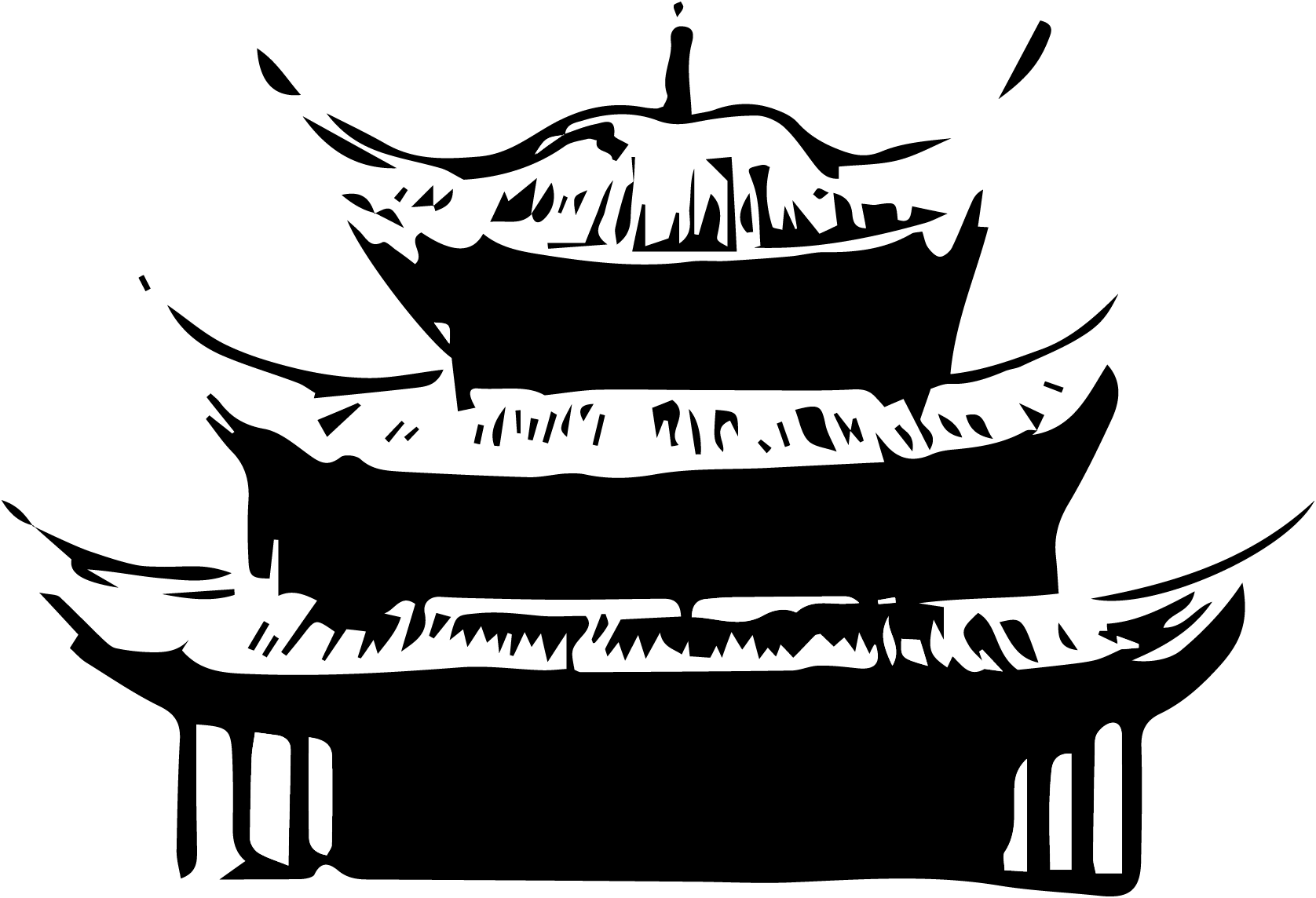Architecture on the Road
PINGYAO ANCIENT TOWN, THE BEST PRESERVED OLD CHINESE CITY
When you think about traveling in China, you probably have two distinct ways to picture it in your mind. The first image is of a never sleeping megalopolis in the process of rapid development, teeming with skyscrapers, traffic jams, and millions of people. The other image is of ancient rural towns with low-story buildings that preserve traditional Chinese architecture, wooden structures with pitched roofs, shops and restaurants open to the paved dusty roads, and a slower flowing lifestyle. If this is the China that comes to mind, you have been unconsciously thinking of Pingyao Ancient Town.

The reason to visit Pingyao is simple: the city is considered the best preserved Chinese ancient town in existence.
It must be said that, being Pingyao a very famous destination, it is nowadays quite commercial, therefore expect a lot of touristy stuff along the main roads.
Because of this, many travelers disregard Pingyao as a “Disneyfied” tourist attraction, and quickly get turned off by the souvenir shops and the snack chains (mostly located along the lanes around West and East Streets, and North and South Street).
From another perspective, if you are a reader of this blog it is because you are interested in vernacular architecture, and here is why Pingyao is a gem. The real treasures of this city are indeed its traditional buildings, invisible to those who do not venture into the courtyards (which require the well worth it purchase of a 3 days cumulative tickets).
The city we can admire today retains in fact much of its original shape, boasting over 600 years of history with about 4,000 buildings from the Ming and Qing dynasties… But Pingyao’s overall history is even much more ancient. The first testimonies of the city date back 2,700 years ago!
Because of its outstanding importance as a symbol of ancient Chinese culture, Pingyao (together with the nearby Shuanglin Temple and Zhenguo Temple) was listed as a UNESCO World Heritage Site in 1986.
“The Ancient City of Ping Yao is an outstanding example of Han cities in the Ming and Qing dynasties (from the 14th to 20th century). It retains all the Han city features, provides a complete picture of the cultural, social, economic and religious development in Chinese history, and it is of great value for studying the social form, economic structure, military defense, religious belief, traditional thinking, traditional ethics and dwelling form”. (UNESCO).
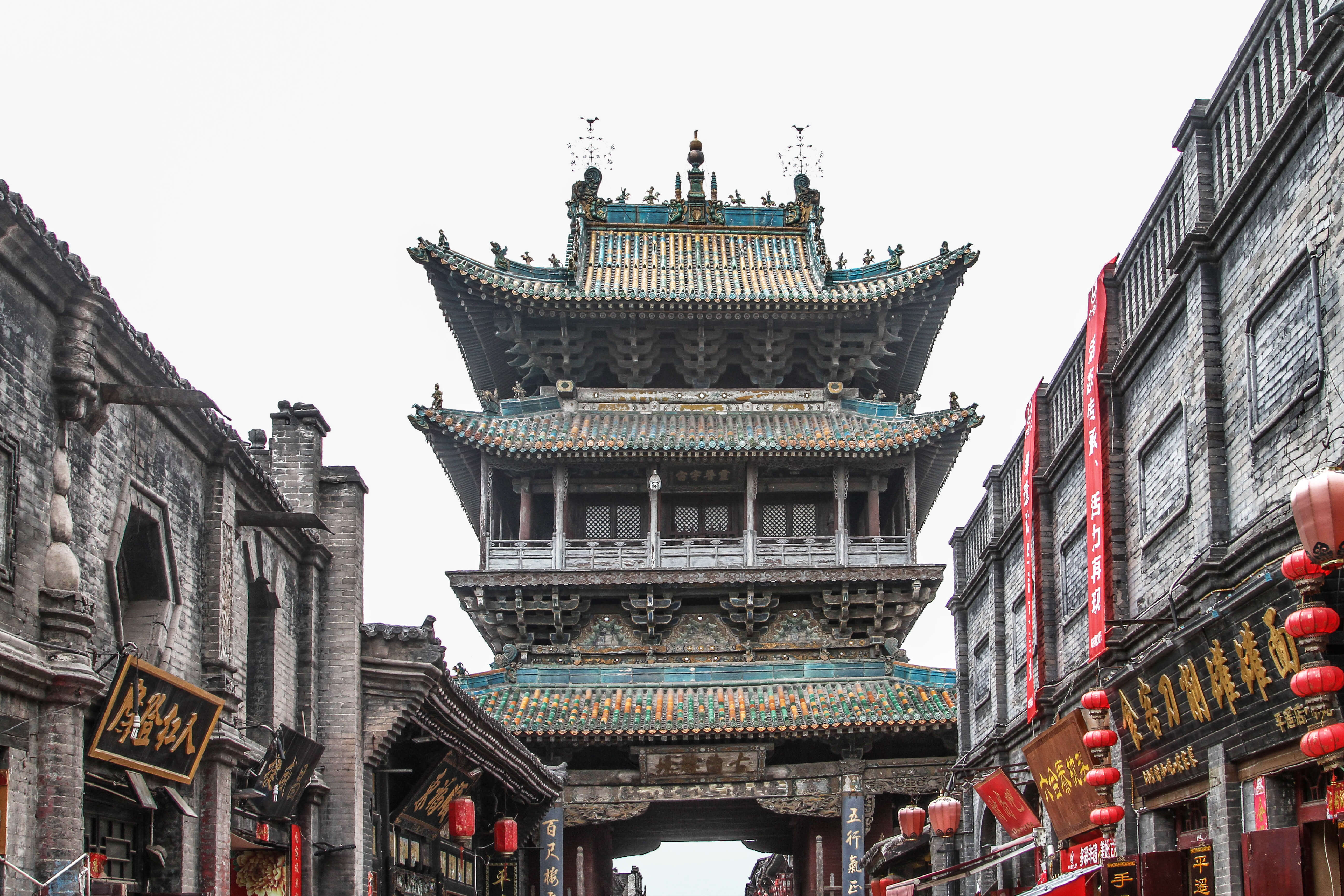
BY TRAIN
There are two train station in Pingyao:
1) PINGYAO RAILWAY STATION (平遥站) : the regular train station (火车站 – Huǒchē zhàn ) that is located just outside the city walls. This station is serviced by the slow trains.
Trains from many stations pass through here, departing from many cities like Beijing, Xian, Chengdu, Chongqing, Datong and Taiyuan (which is the closest big city, around 1 hour train ride away).
From this station it is possible to walk to the city gates or take a short ride by taxi.
2) PINGYAO ANCIENT TOWN (平遥古城站): this is the high speed station (高铁站 – Gāo tiě zhàn) that is located about 7 km from the city.
It is possible to reach this station by high speed trains from Taiyuan South Railway Station, Beijing West Railway Station and Xian North Railway Station.
From the High Speed Station you can get to the city gates by bus 108 or taxi.
BY FLIGHT
The nearest airport to Pingyao is Taiyuan Wusu Airport(TYN), about 90 km away.
From the Airport you can get to Pingyao in two ways:
1) by train from Taiyuan Railway Station (regular train) or Taiyuan South Railway Station (high speed train)
2) by long-distance bus. From the airport take Airport Shuttle Bus Line 1, Bus No.201 or 901 and get to Jiannan Bus Station. From there you can take a 2 hour bus ride to Pingyao.
The city and it’s main attraction can be easily visit in a weekend / 3 days.
The best time to visit and enjoy Pingyao is during spring and autumn. The region becomes extremely cold in winter, as well as very hot in summer.
I strongly advise to avoid visiting during the national holidays (few days that fall on April, June, September, October)… around the holidays is in fact much more difficult to find train tickets and book hotels, and the city can become extremely crowded and not enjoyable at all.
At the tourist offices you can purchase a 120 rmb ticket (price at the time of publication of this article, 2018) that is valid for 3 days, which grants access to all the cultural sites inside the city and the climb on the city walls.
If you just want to wander around the alleys then no ticket is required, but in my opinion the cumulative ticket is absolutely necessary to enjoy the best of Pingyao.

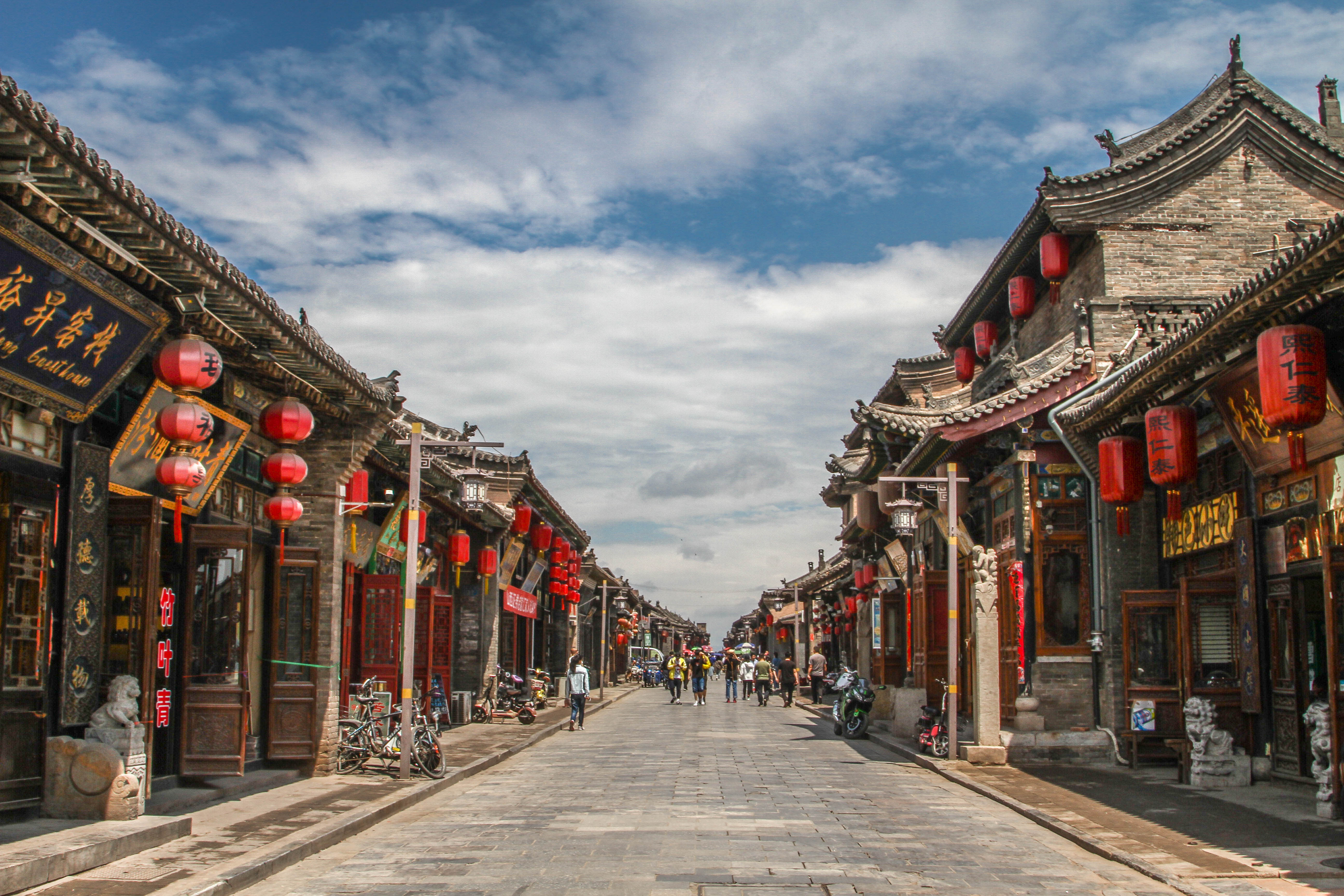
There are 4,000 buildings from the Ming and Qing dynasties, making this ancient city incredibly special. These buildings provide evidence of a culture and traditional architecture that has been lost in most cities in modern China.
The houses of Pingyao respect the traditional courtyard house typology that is commonly found all throughout China.
The courtyard typology has multiple reinterpretations and variations from region to region, but it is the fundamental Chinese architectural typology that is used for houses, temples, monasteries and imperial palaces.
Chinese buildings typically wrap around a courtyard, which serves as a fulcrum for the house, and is the connecting element of its parts.
The shape of the courtyard depends on the geographical area, climate, and cultural differences. The courtyard widens or shrinks, the floors and walls rise or fall, and the materials used change depending on these characteristics, but it does not change the fundamental importance that the courtyard holds in Chinese architectural culture.
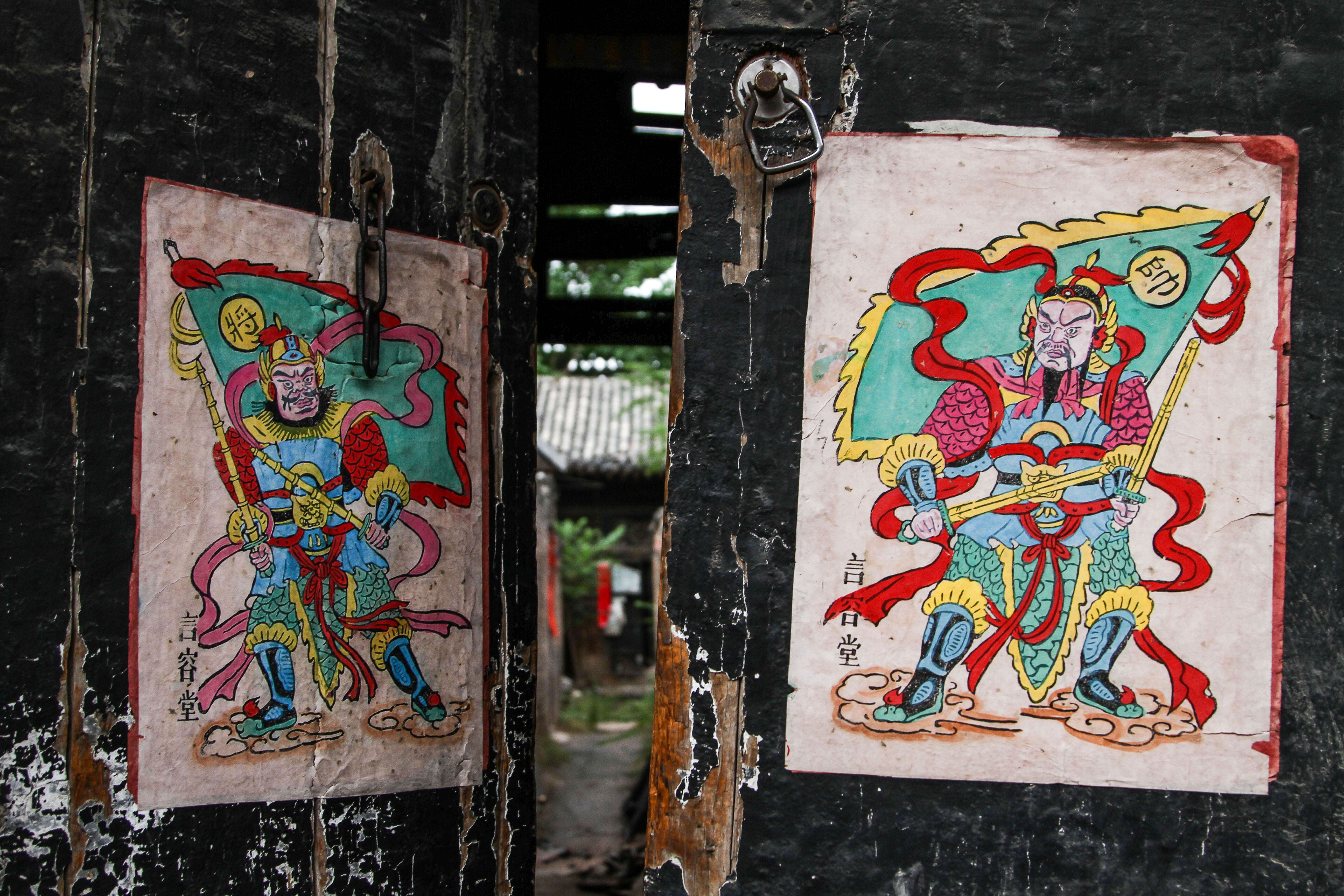
In Pingyao we can admire the Siheyuan typology, which is mainly spread throughout Beijing and the rural areas of Shanxi.
The name Siheyuan (in chinese 四合院) translates to: a courtyard surrounded by buildings on all four sides. It is interesting how the very name of the typology puts the courtyard at the center, underlining how it is the main element.
Traditional Chinese architecture follows very precise rules. Usually the entrance is in the southeast corner, but it does not open directly into the central courtyard. There is typically a wall that works as a screen just inside the entrance. This helps to prevent prying eyes from looking inside the private space of the house. Family privacy is very important in Chinese culture. This wall also protects the home from spirits, and is often decorated with well-wishing characters (for example the character 福, fú, “good fortune”).
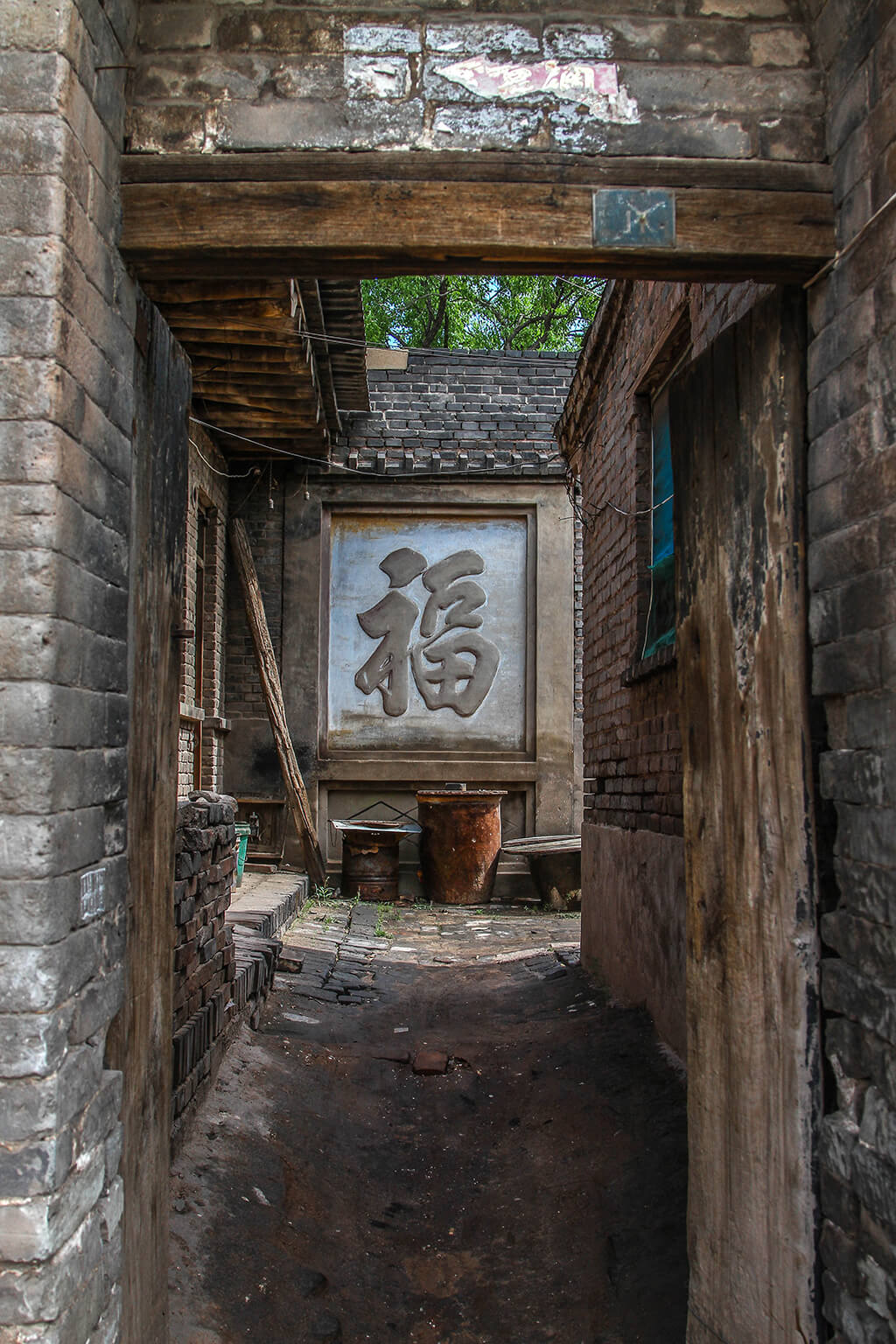
The number of courtyards symbolizes the wealth of a family. Modest houses usually have only one courtyard, while the homes of nobles and wealthy merchants may have numerous courtyards with gardens and pavilions inside them.
The layout of the rooms and their occupation follows a strictly hierarchical system. The main pavilion located to the north, with windows that open to the south, receives better sun exposure, and is therefore reserved for the householder or the elderly. The pavilions that open to the east and west are assigned to the younger children, depending on the importance they have in the family. The unmarried daughters occupy the most hidden rooms in the house, as they were not allowed to reveal themselves to the public. The pavilions with the least sun exposure (for example those facing south, with windows that open to the north) are usually assigned to the servants or used for daily activities such as cooking or study.
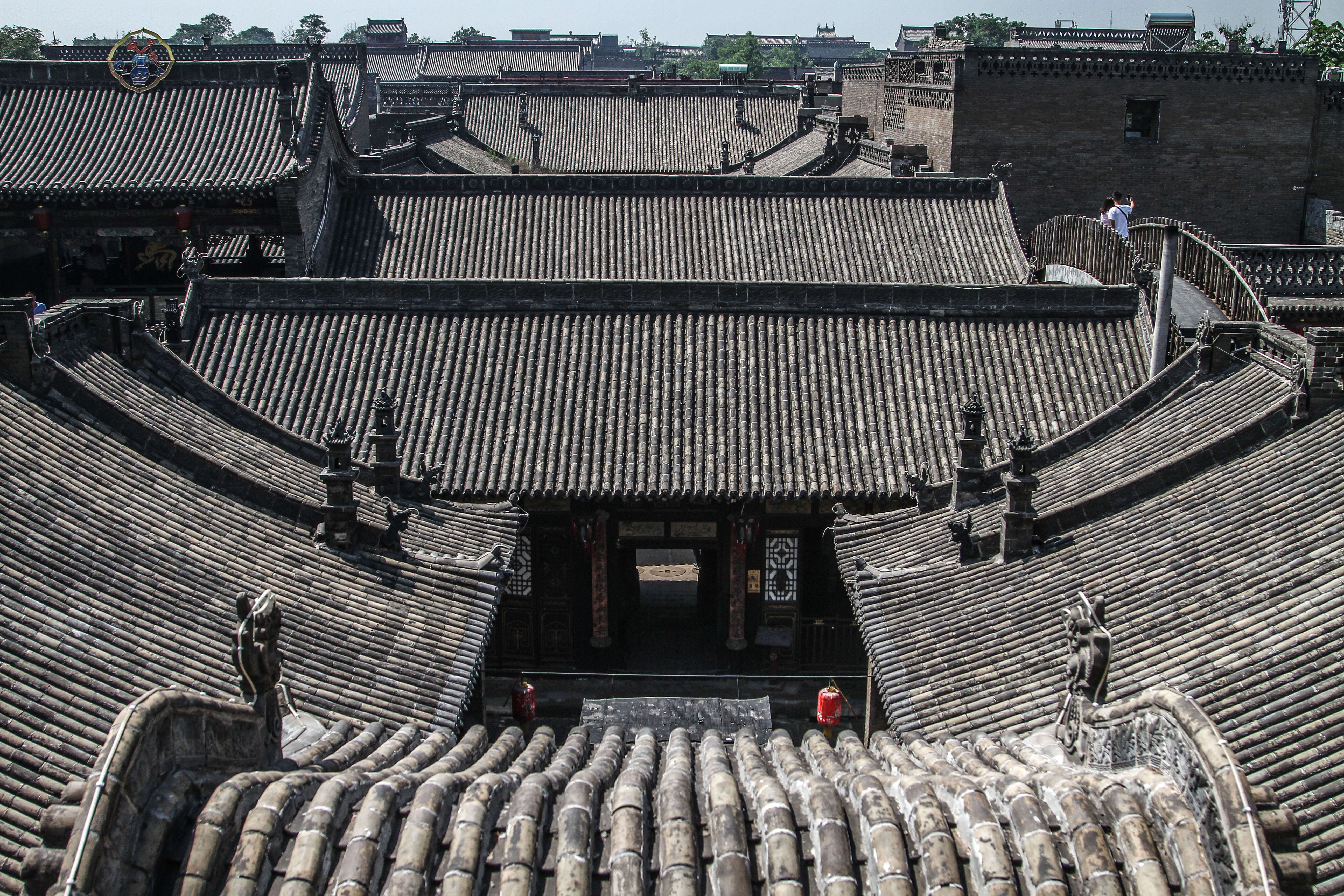

The perfectly preserved courtyards of Pingyao are what make this city special. They display the wealth of some of its ancient inhabitants, and present the refined skill of traditional Chinese architecture in one of its highest expressions.
Many of the most sumptuous courtyards are located along the main streets and can be visited with the cumulative ticket (120 rmb, valid three days) that also includes the climb on the walls.
The city wall of Pingyao was built more than 2,700 years ago during the reign of King Xuan (827-782 BC) of the Western Zhou Dynasty. They were rebuilt in 1370 by Emperor Hongwu, and despite many repairs and reconstruction efforts over the last 600 years, they still retain their original style and size.

Made of brick and stone, the walls have a 6 km perimeter and are approximately 12 meters high. They are equipped with 72 observation towers and over 300 battlements. Only one of the four corner watchtowers, the Great Scholar Tower, is still standing today. The other three towers fell a long time ago.

A deep, 4 meter wide moat surrounds the city walls, only allowing access through 6 gates with barbicans. There is one gate each on the northern and southern sides, and two on the eastern and western sides. This arrangement earned the city the nickname “turtle city” because the structure of the gates resembles the animal (a head, a tail and four legs). Turtles are dear to Chinese culture as a symbol of longevity.
A walk on the walls is the best way to observe the town from all angles and appreciate the founding characteristics of a traditional Chinese fortified city. You can see streets that run orthogonally from the city gates, and admire the roofs and shady courtyards from above.

Something that I really appreciated during my walk along the walls was to discover how actually big is the amount of trees in the city! Most of the trees are planted inside the courtyards, leaving the public street mostly free of vegetation. This can give the impression of a dry city without green, but this impression immediately changes once you look at the city from above.
The city walls are included in the 3 days ticket (120 rmb) that also allows the visit to all the main sites within the city.
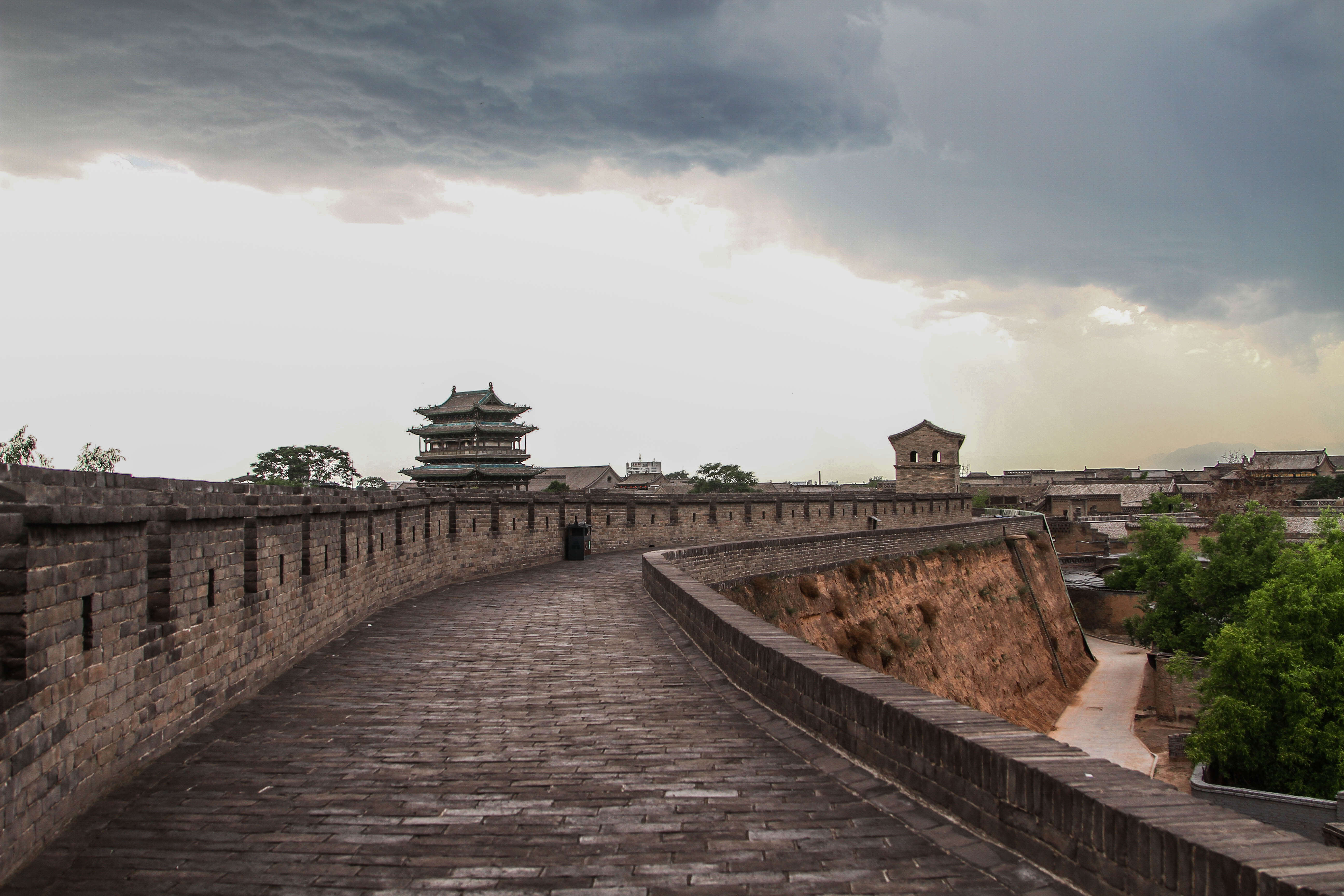

Pingyao has historically been a city of merchants and bankers. As such, it is considered the first banking capital of China. Pingyao’s position along the Silk Road trade route enabled merchants to easily transport tea and silk from southern China to Russia. Massive amounts of money and goods constantly circulated through the city.
It was here that an innovative merchant introduced the first form of virtual payment. The system used pieces of paper known as “drafts” and was the first model for circulating checks. This inventive breakthrough made trade much easier and safer, allowing banking activity to flourish within Pingyao, and ensured its continued prosperity.
The first Sunrise Prosperity Draft Bank (in Mandarin Chinese Rishengchang) branch opened in 1823 on the main street of Pingyao, and part of it still remains today. In its wealthiest period, the city could contained 22 branches within itself and many other branches throughout China and beyond. Pingyao was the financial capital of China until the early twentieth century. With so much money in circulation and so many bankers residing within the walls, we cannot be surprised by the extraordinary quality and architectural richness of many of its buildings!
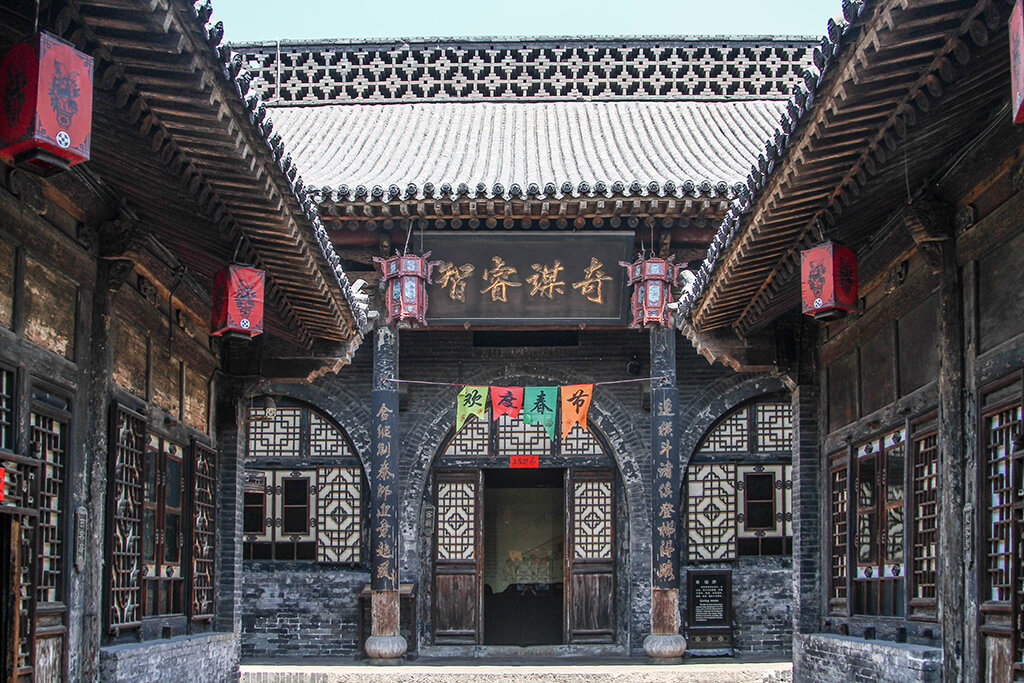
Traditional Chinese temples follow the courtyard typology, usually in a more extended and majestic dimension compared to the dwellings.
Pingyao is home to some of the finest temples of the whole China, and is worth to pay a visit to admire the rich details of roofs, walls and structures, made vivid by the bright colors of the tiles and statues.

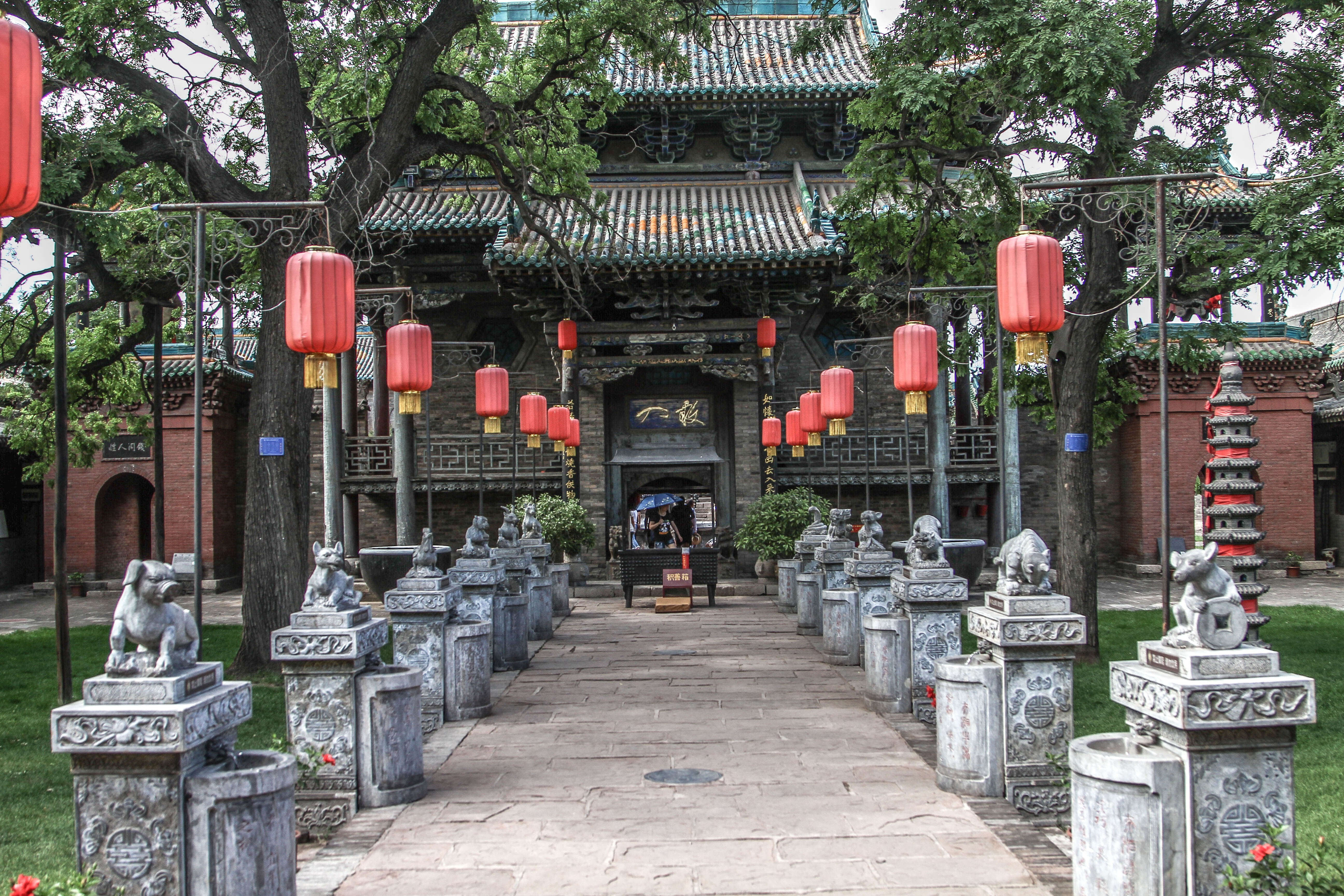
THE CITY GOD TEMPLE
This temple represents the home of God in the City. When you step inside the gate you are greeted by an array of animals of the Chinese zodiac in the entrance courtyard. These fantastic sculptures accompany visitors to the most inner sanctum of the temple.
According to legend, the main building of the temple was the Hall of the City God, which served as a court for the Gods of the city. In the middle of the hall there is an impressive statue of the City god, surrounded by frowning judges and ghosts.
The temple includes several courtyards and building dedicated to the City God, the Kitchen God, and the Wealth God.
Built in 1544, the temple went through several reconstructions with the last one occuring in 1864, after the temple burned down during a temple fair.
CONFUCIUS TEMPLE
Hosting 87 sculptures of Confucius and his disciples, this temple is one of the biggest to ever be dedicated to the Philosopher. He is worshipped all across the country for his philosophy that deeply influenced Chinese culture and society.
The temple is very large, consisting of several wide courtyards and big pavilions. The main hall, hosting a large statue of Confucius, was built almost 1000 years ago.
ER LANG TEMPLE
Admiring the beautifully decorated tiles of the roofs is worth a visit of this quiet temple nestled along the North Street.
QING XU TAOIST TEMPLE
One of the largest Taoist Temples of the Shanxi Region.
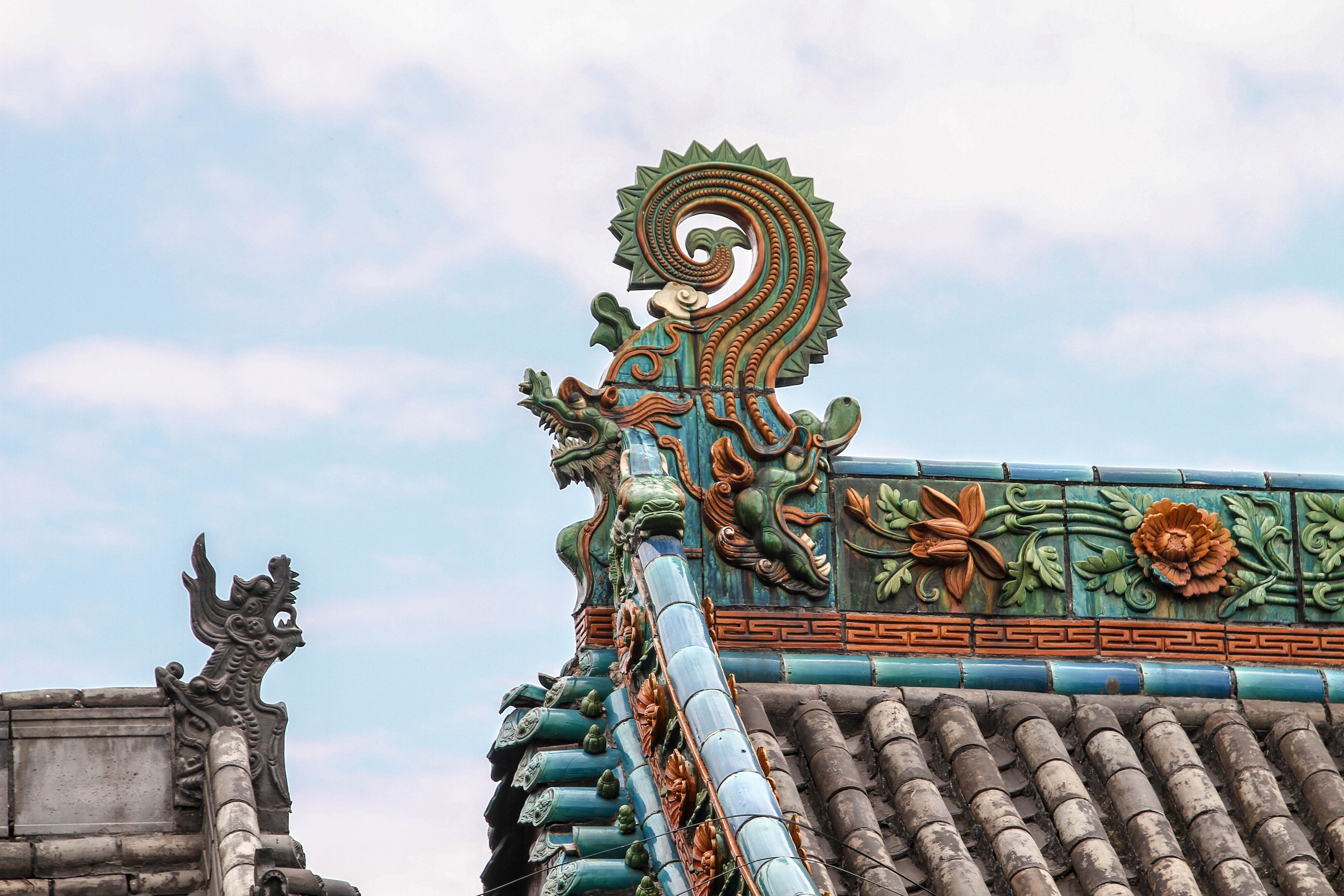
After a walk along the main streets of the city, which bears the names of the cardinal points, it is time to venture into the less touristy areas of Pingyao. The main streets are cheerful and crowded, but definitely touristy and commercial. Souvenir shops, antiques, and restaurants suddenly disappear as you move away from the central area of the city.
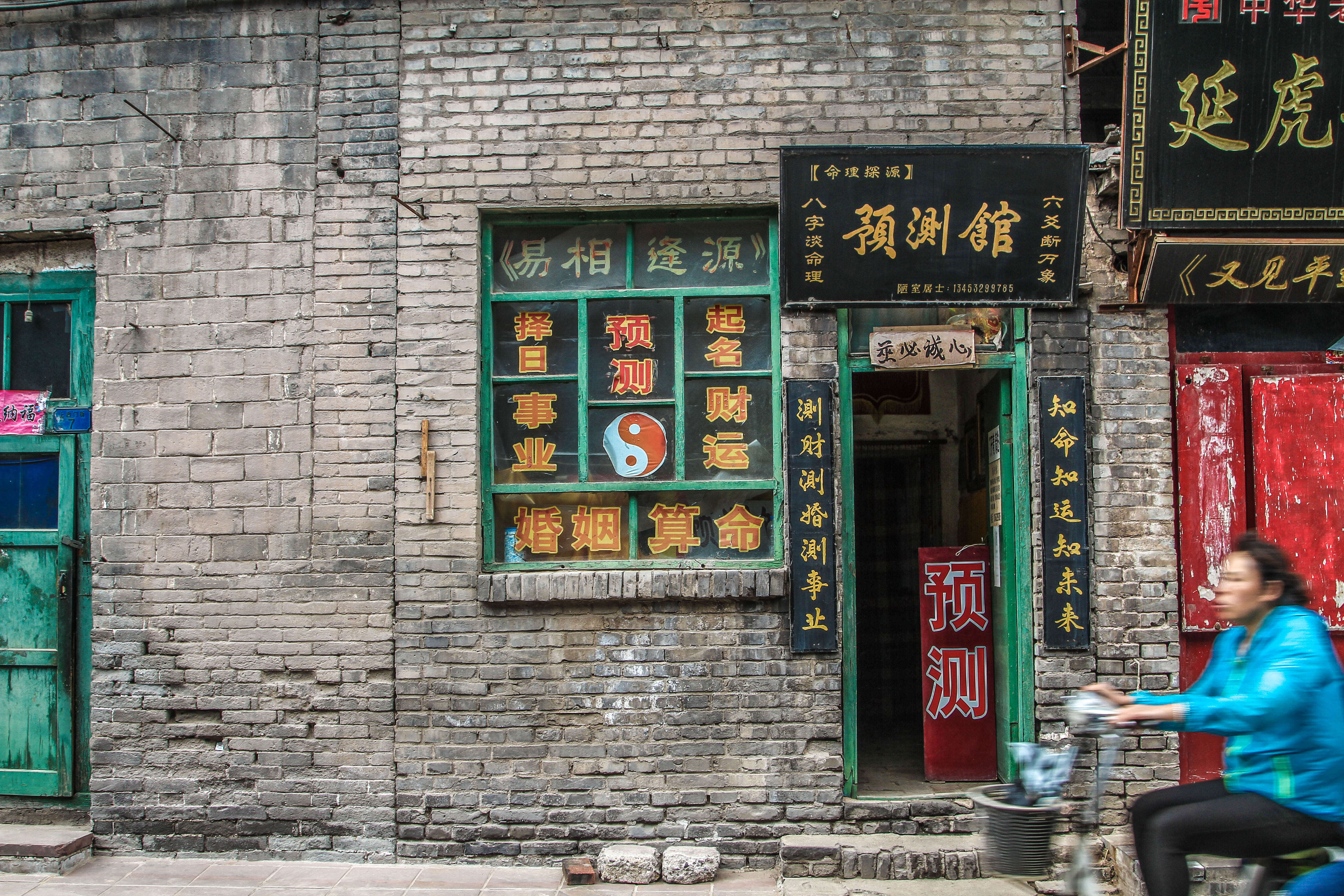
The streets become silent with few local shops and tourists. The houses become more modest and small, and some are not as well maintained. Even the colors of the city seem to change. The gray of the stone and the bricks, the richly decorated facades, and the painted wooden structures of the main streets give way to red brick walls and beaten dusty roads, unpainted doors, and wooden windows. Many buildings seem to be in a state of neglect.

A short walk from the main streets puts you into the Pingyao of the common people. The local inhabitants seem accustomed to tourists who occasionally enter their courtyards, curious to discover an architectural wonder or experience the life of the common folks.

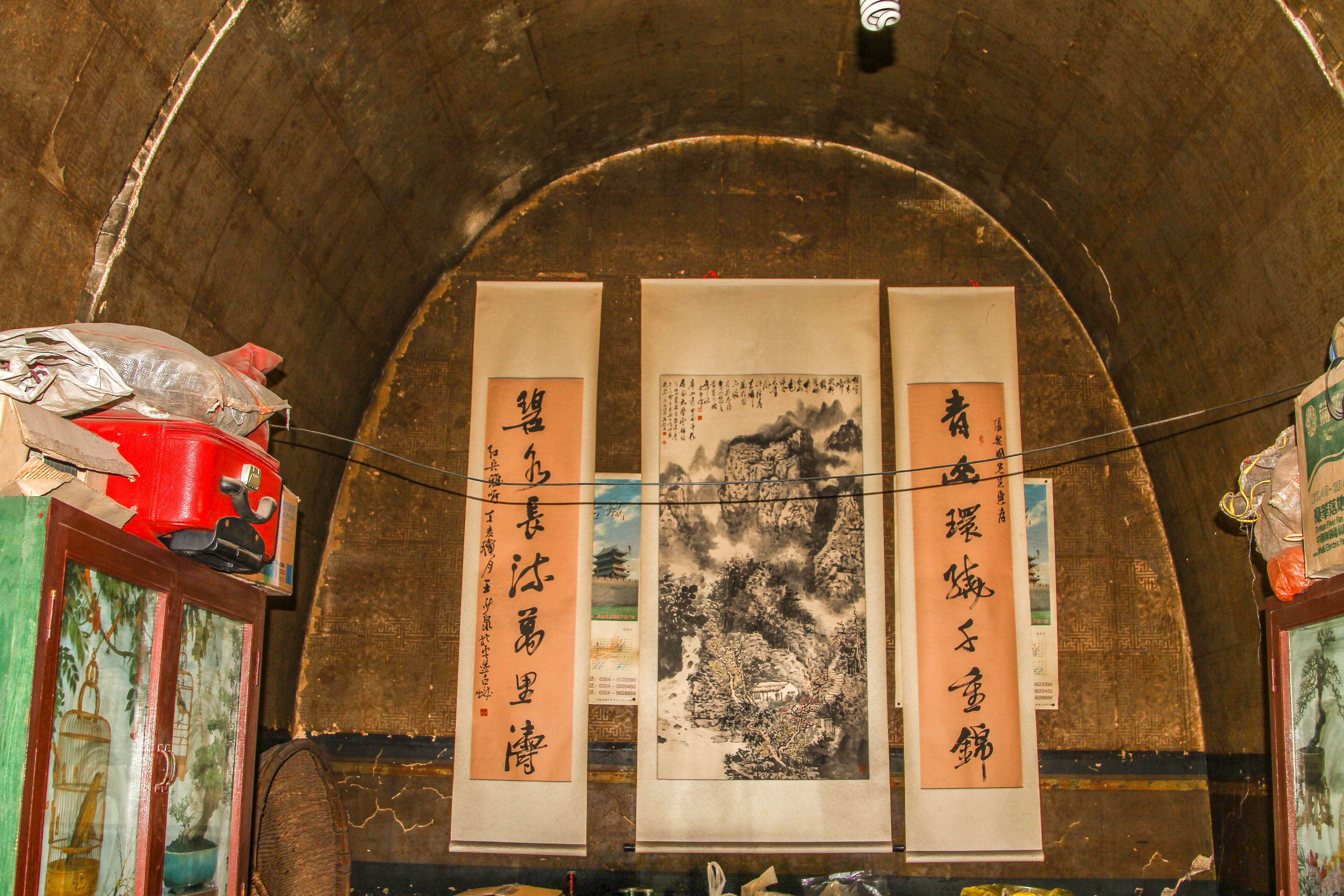
SHUANGLIN TEMPLE
Located in Qiaotou Village about 6km from Pingyao, this temple is listed together with Pingyao as a UNESCO site. It hosts more than 2,000 colorful sculptures, showcasing the stunning, intricate skill of the artisans of the Song, Yuan, Ming and Qing Dynasties.
How to get there: Take Pingyao Bus 108 South Line and get off at the Shuanglinsi stop.
ZHENGUO TEMPLE
Located about 12km from Pingyao, this temple was built in 963 during the Five Dynasties (907 – 960). The temple still brilliantly showcases sculptures and elements from that time. The Ten-Thousand-Buddha Hall of Zhenguo Temple is one of the three oldest timber works in mainland China.
How to get there: Take Pingyao public bus no. 9 and get off at the last stop, close to Zhenguo Temple.
QIAO FAMILY COMPOUND
This complex is 42 km from Pingyao and serves as an excellent example of a Qing merchant mansion (this is where the renowned movie Red lantern was shot).
How to get there: take a direct bus from Pingyao Long-distance Bus Station and get off at the Qiao Family Compound stop.
Busses are available from 08:00 to 18:10 and take around 40 minutes.
An easier but more expensive alternative is to take a taxi or rent a car.
These attractions outside the city walls are not included in the 120rmb tickets.
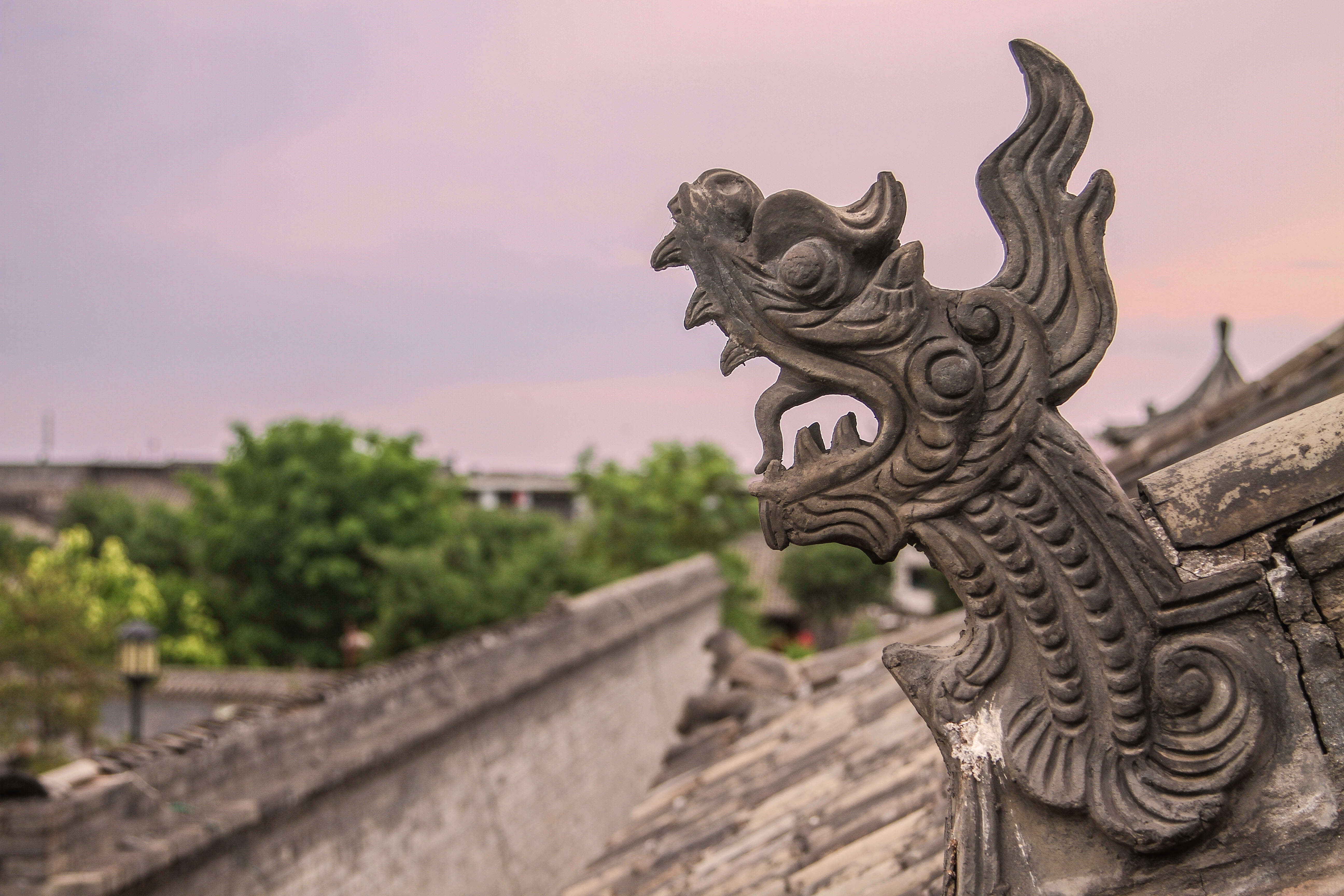
It is believed that China once had hundreds of cities like Pingyao, representative of the rich history and architectural heritage of the country, but only a few remain today.
Pingyao is now considered one of the 4 best preserved ancient cities of China, along with Lijiang Old Town, Langzhong Ancient City and Huizhou Ancient City. The preservation methods for these cities, however, are quite different. Some of these towns have been heavily restored and transformed into what could be considered a commercial theme park (the fate of Lijiang Town in Yunnan province for example, where the traditional local businesses have been replaced by a slew of souvenir shops).
What keeps Pingyao authentic is a desire to maintain the living culture of the local inhabitants and preserve the traditional buildings, while adapting to modern lifestyles.
The locals are encouraged to maintain the management of their properties, avoiding a possible gentrification by luxury or touristic enterprises.
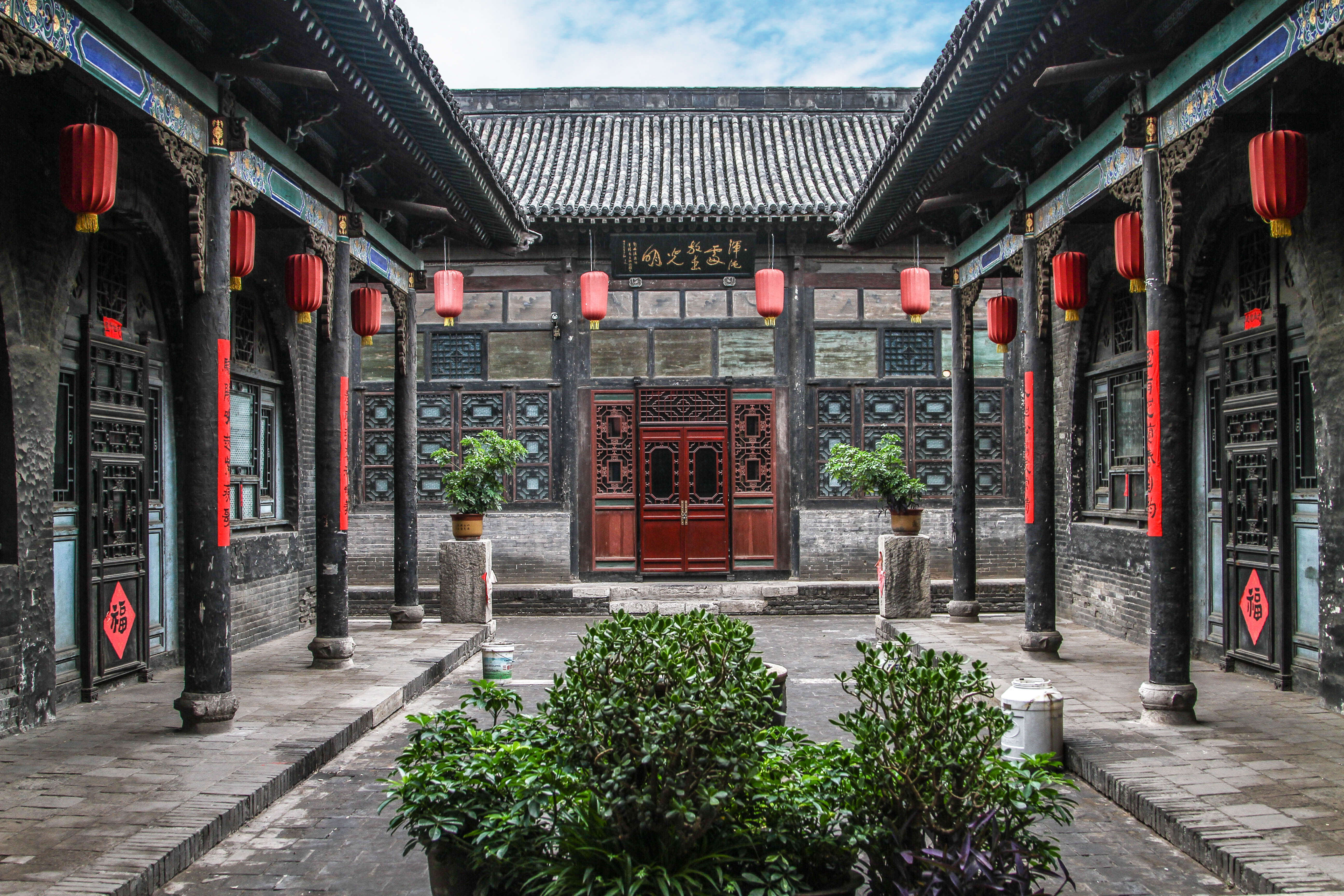
The conservation problem is actually an extremely sensitive subject in a country like China, where renovation and refurbishment are conducted in a very peculiar and sometimes painful way. In the most extreme cases, some ancient buildings are simply demolished and rebuilt completely to resemble the original, which destroys the authenticity of these sites.
The city of Pingyao is part of a project conducted by the Global Heritage Fund in partnership with the Chinese Government and local residents. They are dedicated to the very delicate operation of maintaining and preserving the courtyard houses and cultural heritage of the city.
“… it will institute a regime of innovative collaboration between public and private stakeholders to preserve Pingyao’s unique vernacular architecture. Local residents will be able to apply for funding to authentically restore their homes, and craftspeople will receive training and support to maintain their traditional arts well into the future.”
“The goal of the project was to create a pleasant living environment for residents of the historic buildings, while also maintaining the integrity of the structures and providing visitors with an insight into the authentic, traditional courtyard life of the ancient city’s residents.” (Global Heritage Fund)
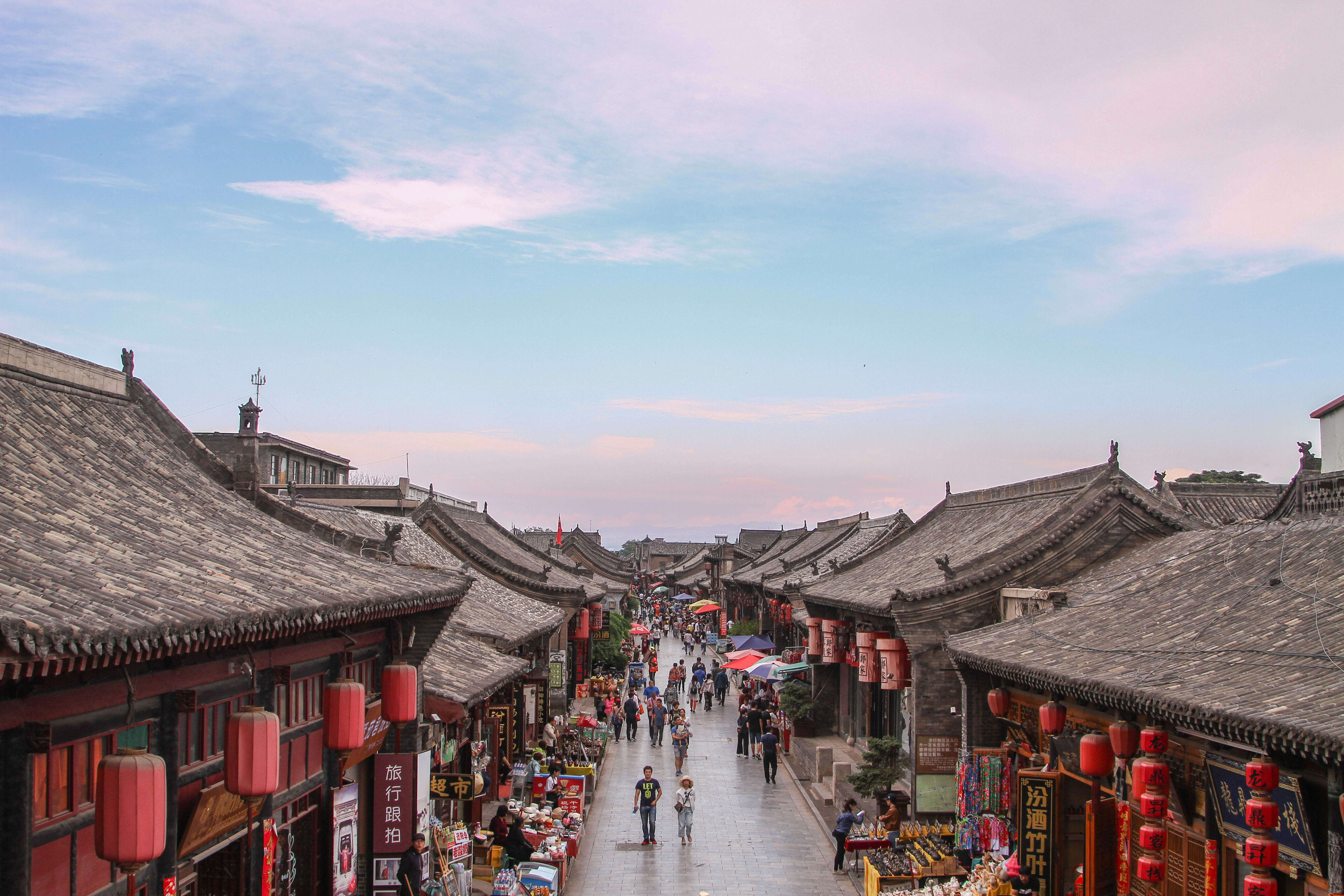
IF YOU FOUND THIS POST INTERESTING AND INSPIRING, HELP ME TO SHARE IT WITH OTHER TRAVELERS!
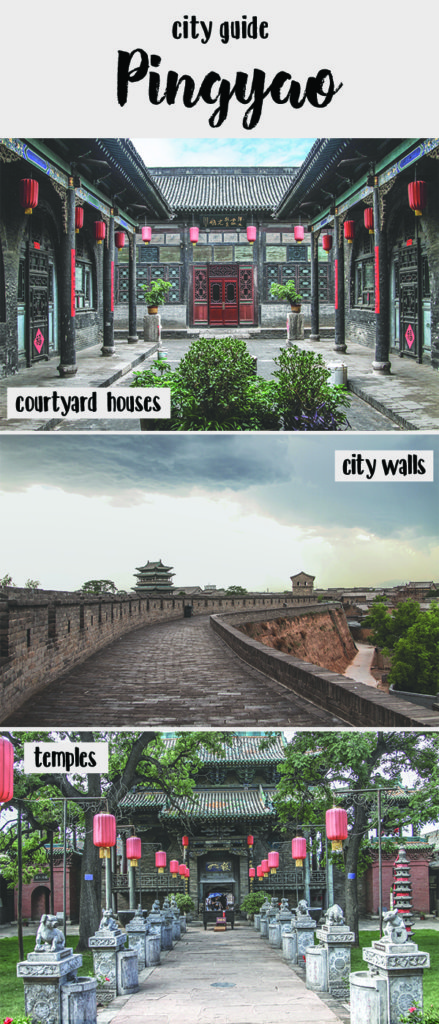
FRom the same province
stay tuned !
search for a destination
latest travel itineraries
latest CHINA articles
Text and pictures by
Architecture on the Road ©
Architecture on the Road
All rights reserved
All photographs on this site were taken and are owned by me (unless credited otherwise).
If you would like to use some of these photos for editorial or commercial purposes, many of these are available on Shutterstock (click the link below). Otherwise, please contact me on Instagram, Facebook, or by email.
Do not use my pictures without my written consent. Thank you!

